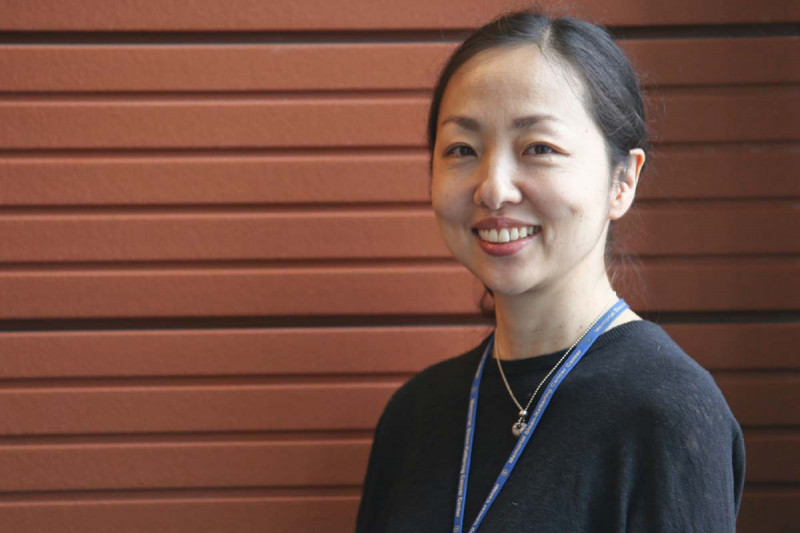
I am developing a diagnostics tool for HSP90 therapy based on next-generation sequencing (NGS) technology using bioinformatic tools and machine learning algorithms. Patient selection for HSP90 therapy in the clinic has been largely driven by the presence of individual “client proteins” (e.g. HER2, mutant ALK) driving the tumor growth. While useful in a subset of tumors, however, such strategy has proven to be insufficient. Many years of studies in the Chiosis lab has recently led to the discovery of the “epichaperome” network (Moulick et al 2011, Rodina et at 2016), which incorporates HSP90 as a key nucleating protein, and is an additional dimension for the mechanism by which HSP90 facilitates oncogene addiction in cancer cells. The epichaperome was present in over half of the cancers tested, and can be dismantled/induced by knock-down/over-expression of transcrition factor Myc. This suggests that the “re-wiring” of the chaperon machinery is supported/induced via a transcription program.
In addition, in collaboration with my colleagues in the Chiosis lab and Dr. Viviane Tabar at the Department of Neurosurgery, I am conducting exploratory studies towards the validation of a PET-based, non-invasive, brain-targeted diagnostic for HSP90 epichaperomes using a human glioblastoma multiform (GBM) mouse xenograft model. Prior to joining the Chiosis lab, I have developed a novel three-dimensional organotypic “explant” system of surgical GBM specimens, that preserve not only the tumor cells, but also the cytoarchitecture and tumor stroma (Shimizu et al 2011). Using this system, I have observed that HSP90 inhibitors can target the glioma stem-like cells as well as the tumor endothelium.